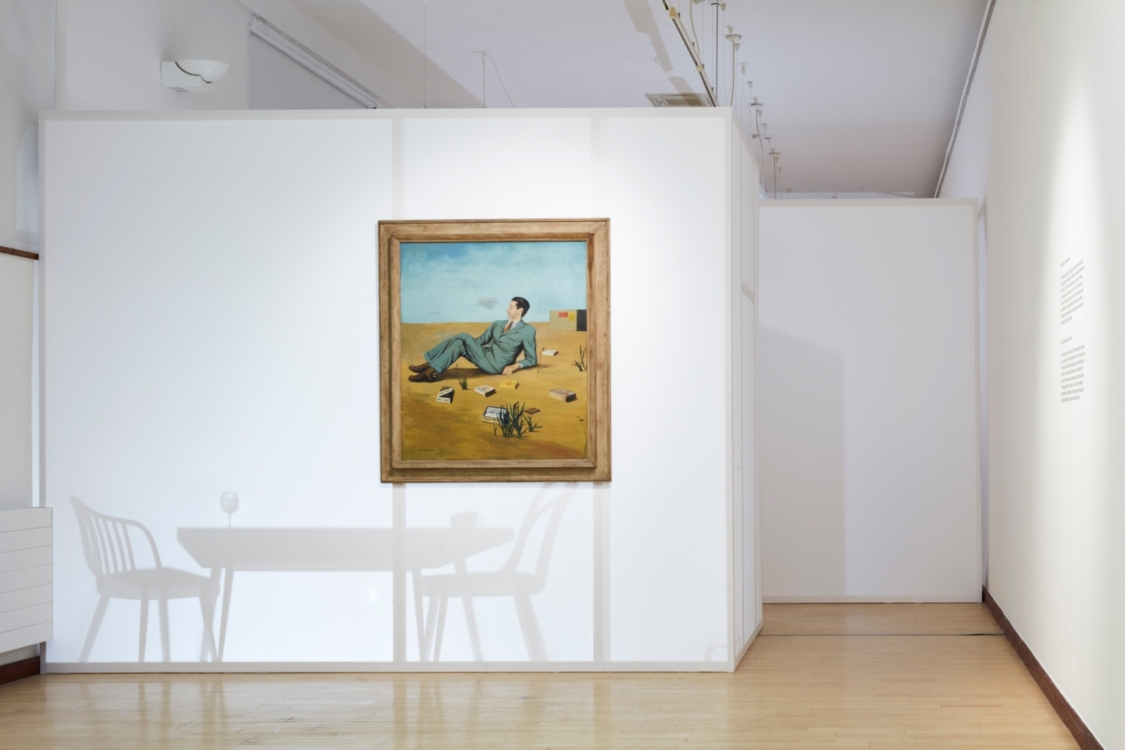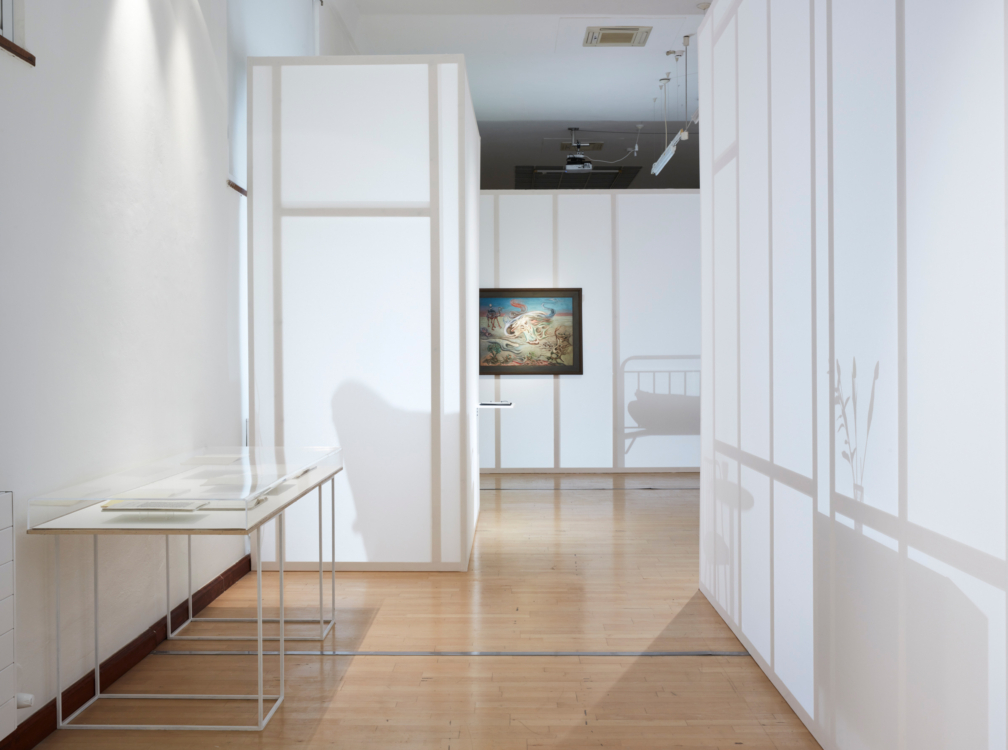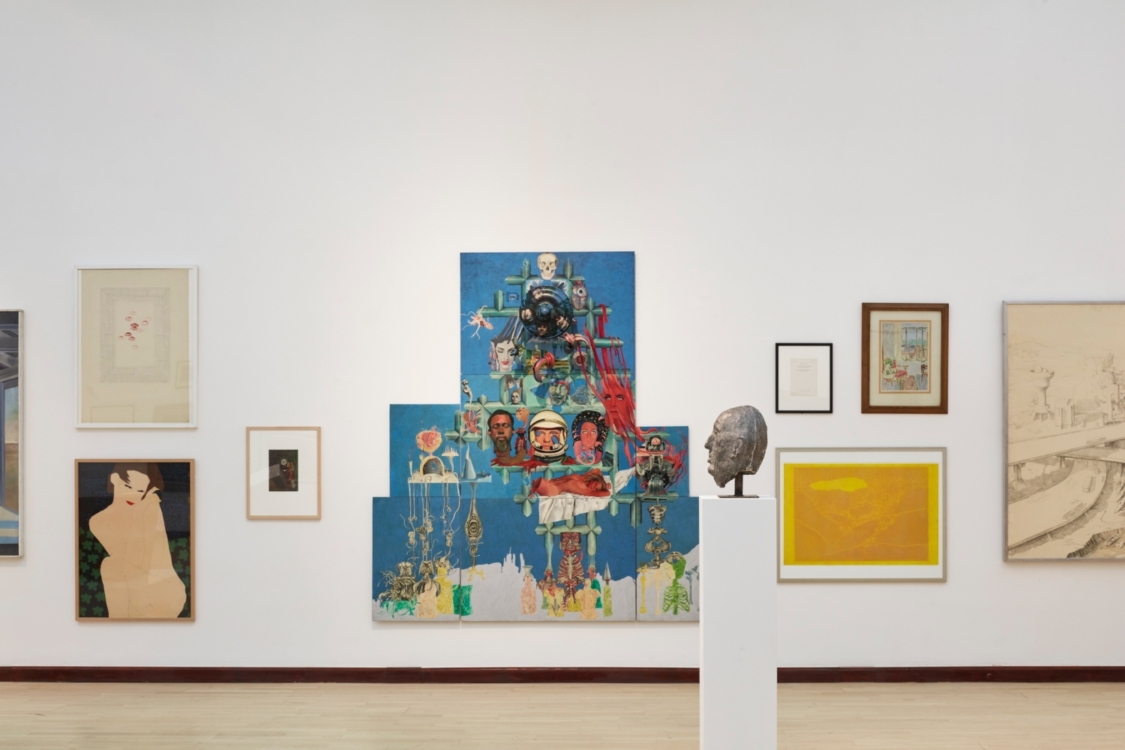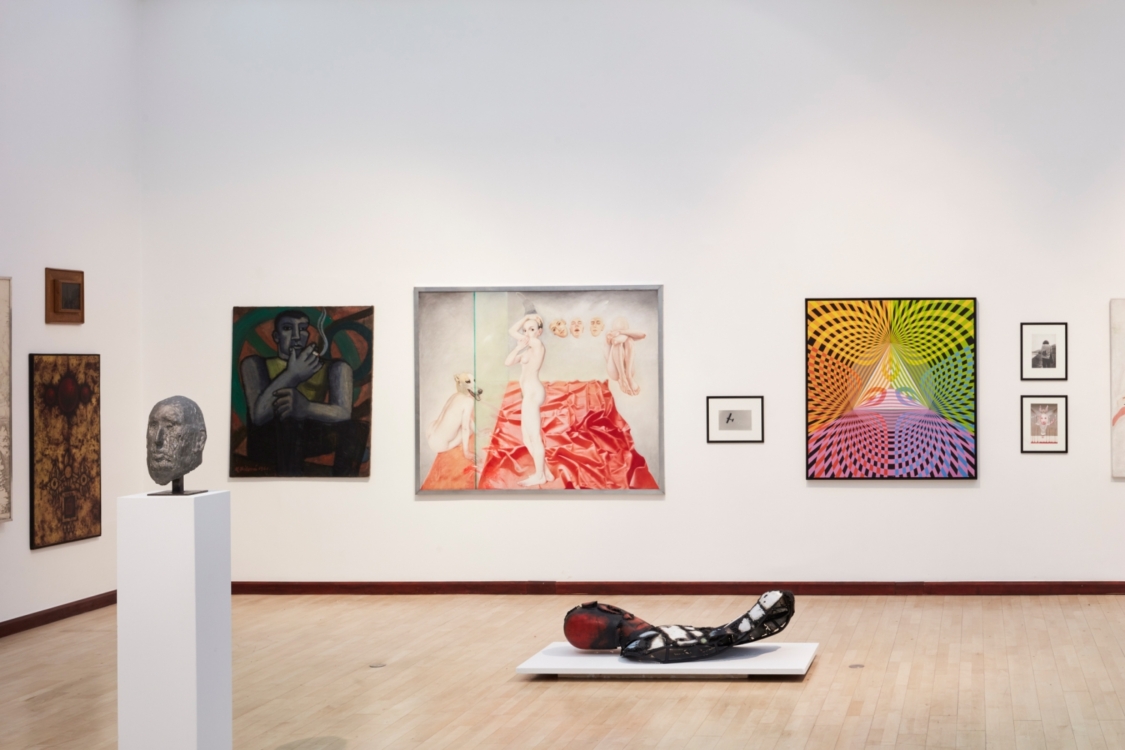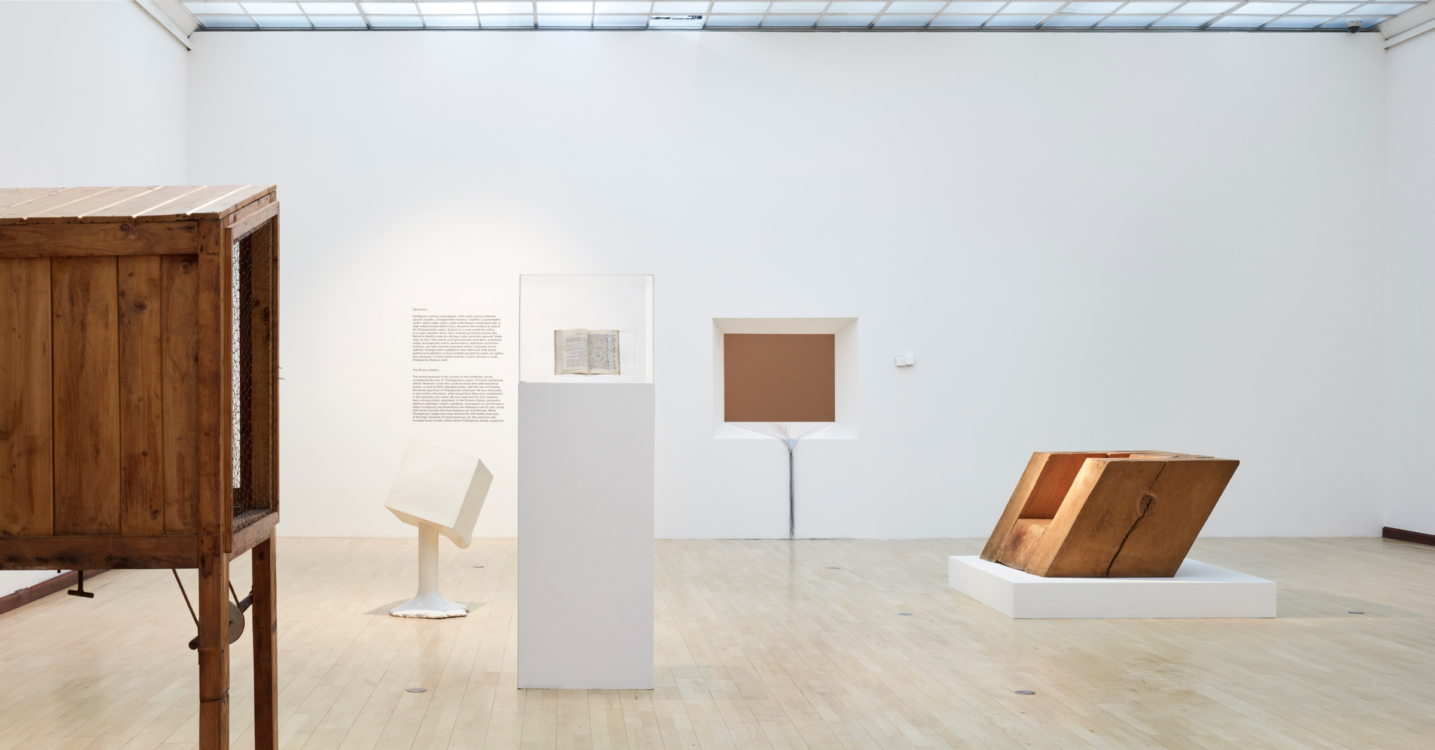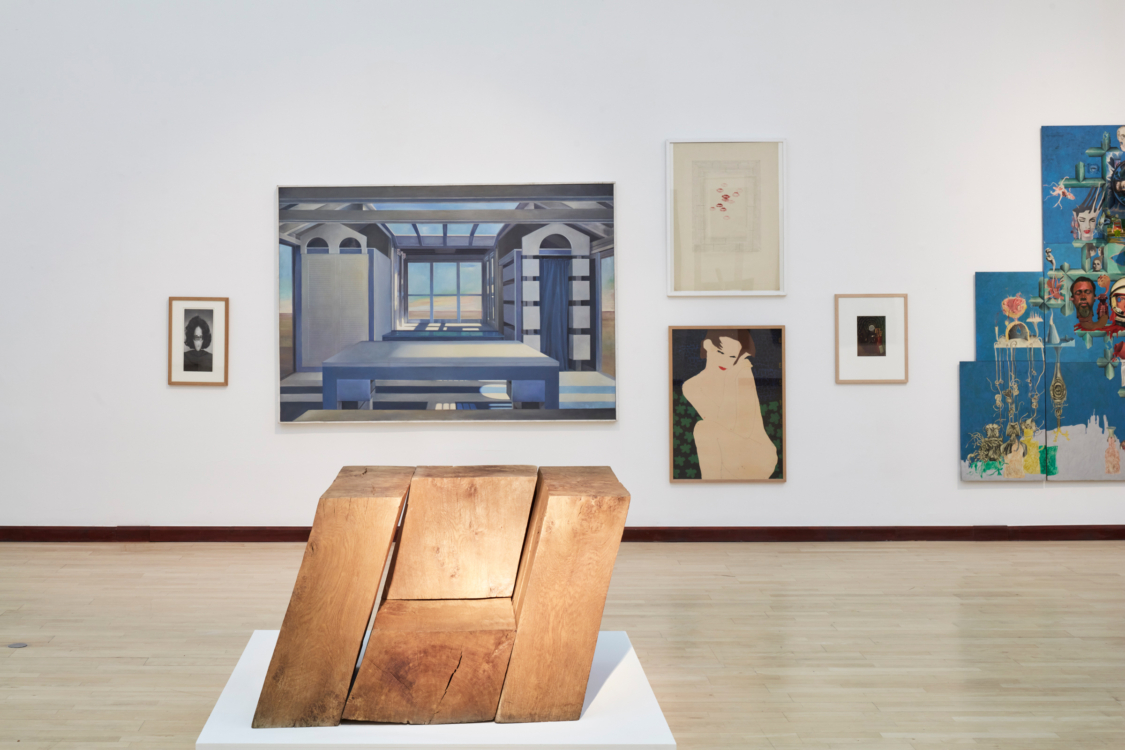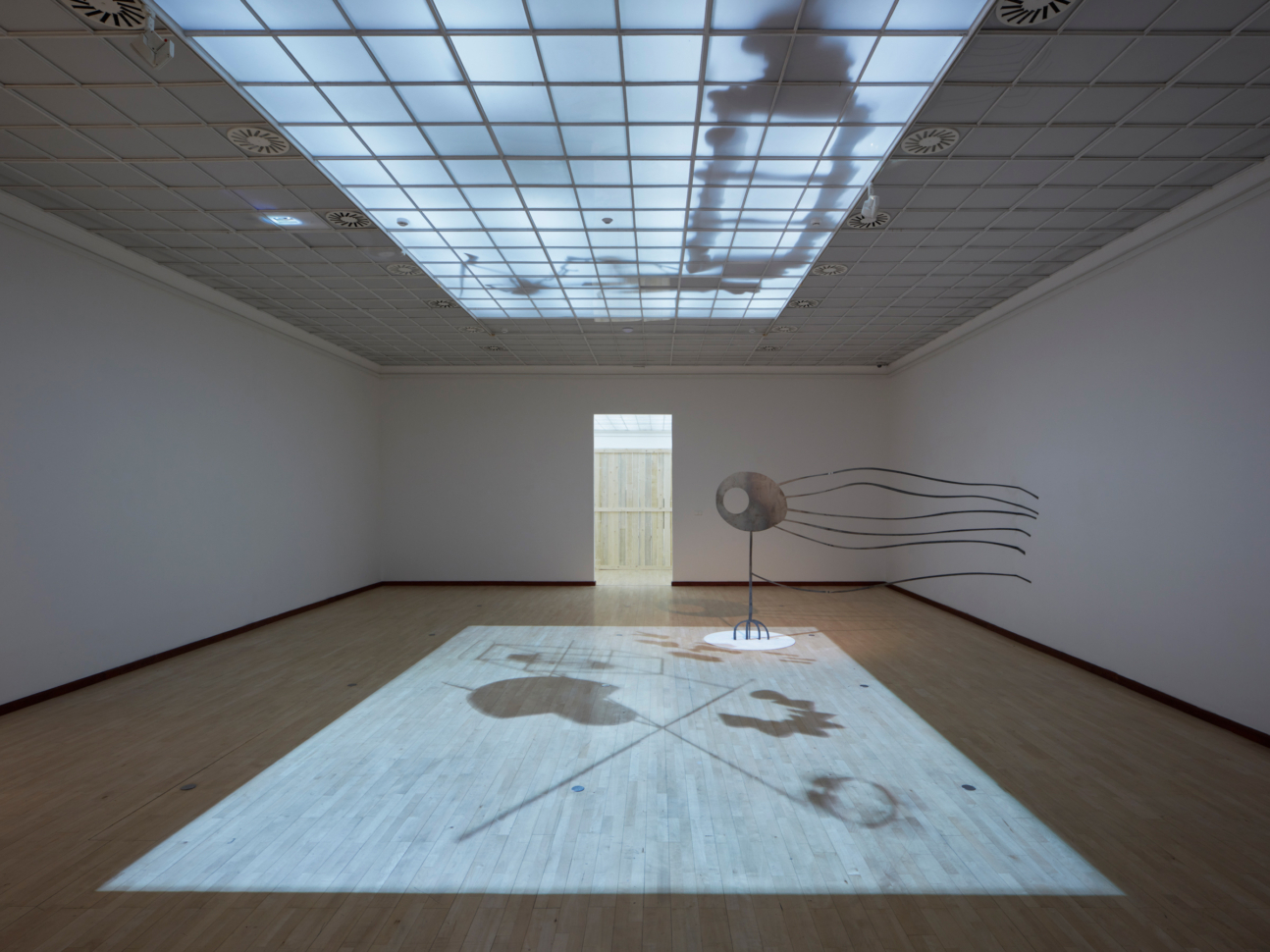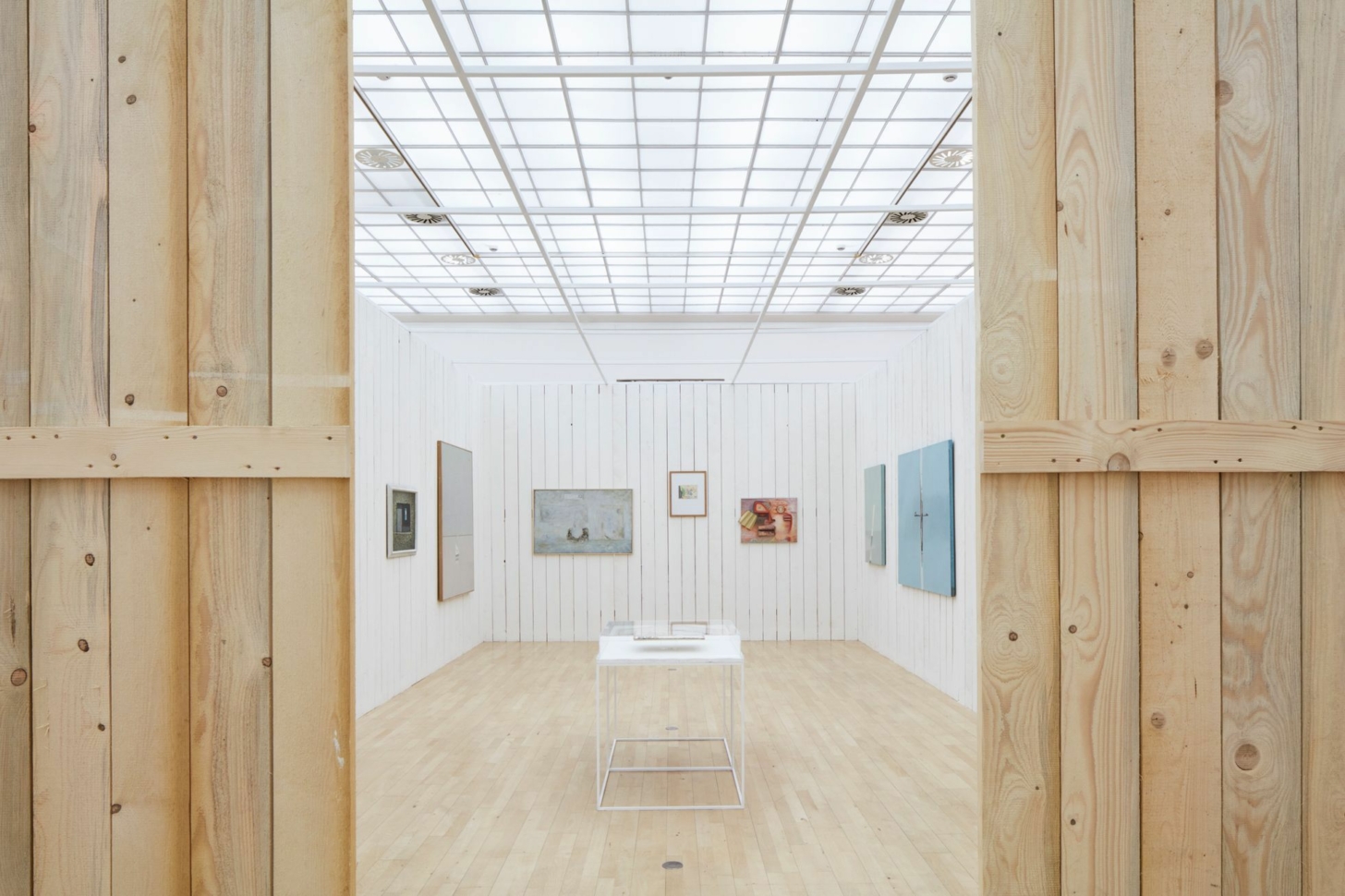Q: Three decades have passed since Václav Havel, Theodor Pištěk, and others got together with Chalupecký to initiate the creation of the prize for young artists. Is Jindřich Chalupecký, even after all these years, in the changes of time, an appropriate patron for the award granted to young artists?
KK: Certainly yes. If only because Chalupecký used to constantly update what he was interested in. That was a fascinating thing about him. A lot of curators and theorists have significant encounters with a certain generation, and they stay with that generation. In some way, they grow old with it: they usually perceive its ideas as still up to date. Chalupecký became associated with Group 42 in the 1940s: at that time, he formulated things that would continue to interest him throughout his life. Programmatically, he was still building on that but, at the same time, he simply did what I would like to be true immensely for myself and for my colleagues: at the age of eighty, he was still interested in the youngest and the most contemporary things going on. That’s why Chalupecký really strikes me as a suitable personality for the award.
Q: Is there any way, on the other hand, in which the award and Chalupecký as a personality are somehow at odds?
KK: For a long time, we all tried to find out whether or not he actually wanted the award to be established. Because when I came to the Jindřich Chalupecký Society, the official story was that he didn’t entirely like the idea. I think that the concept of comparing art in this straightforward way might not have been close to his heart. But when I later spoke to Theodor Pištěk, for example, he said that Chalupecký was excited about the idea at the time. It was at the very end of Chalupecký’s life, and his friends wanted to please him and recognise his life’s work in that way. Today, it’s just an obscure legend. For my part, I can imagine that the subject of evaluation would be interesting to him – but declaring what is the best is another matter. He perceived art through stories, through the authentic reality of the authors.
Q: Did Chalupecký participate in commissions and juries in his era?
KK: At the exhibition The Worlds of Jindřich Chalupecký, we have short documentary footage of Chalupecký appearing on television in connection with the Danuvius exhibition, the biennial of international art in Bratislava in 1968; he was a member of the commission there, for example. On the basis of the commission’s selection, the programme of the Václav Špála Gallery, where Chalupecký worked from 1965 to 1970, was also implemented at that time. He was then its “commissioner”, today we would use the word “curator” for the position he held. What he considered significant and worthy of attention, he promoted with his selection – he exhibited it, wrote about it, he was very good at that. But he didn’t compare, he didn’t create rankings.
Q: One of the larger rooms in the exhibition is filled with “Chalupecký’s artists” – the ones he exhibited, described, was interested in. Who did he follow towards the end of his life, across the longest generational distance?
KK: In one of the few survey books that Chalupecký wrote and compiled, New Art in Bohemia (which is perhaps a kind of canon of his, the way he compiled the book created for us an imaginary skeleton for this section of the exhibition), the last illustration is dedicated to Jiří David. Isn’t it both interesting and fascinating? David’s generation and the Hardheads group began to appear among the award winners after Chalupecký’s death – as if Chalupecký were anticipating what would be considered essential and defining in a few years. As if he was able to see into the future, after the date of his passing.
But it is not only the art of the youngest artists of those years that is still exhibited and enjoys the interest of the general public. Chalupecký was also interested in artists who could be considered outsiders in their time or who were forgotten in time. In addition to including canonical works from the period of the 1940s to the 1980s, we also wanted to commemorate lesser-known artists whose work is great and very relevant in a contemporary context – for example, Petra Oriešková and Milan Ressel. Oriešková is represented in the exhibition by a hyper-realistic painting which is also surrealistic since it features the shape of an animal combined with a human being. This is something that is being addressed a lot nowadays – the dehierarchization between humans and other beings, questions of interspecies symbiosis and solidarity. Or Ressel’s dystopias, science fiction in giant drawings. Chalupecký wrote about them, saying it’s already a post-human world and that humanity today has the opportunity to quickly exterminate itself – it just has to decide.
Q: It seems that every theorist or critic sometimes has a fondness for phenomena that don’t ultimately come to fruition, that remain on the margins. Chalupecký was clearly interested in those who were outsiders at the time.
KK: Yes, for example, he supported also Jiří Kolář at the beginning, so that Kolář would perceive that what he was doing was art. But I don’t want to look at it completely uncritically. Chalupecký thought in a way that was quite pragocentric: an artist from Brno or, heaven forbid, Bratislava, was a great exotic for him (laughs).
Q: The exposition, which “exposes the personality” of Chalupecký, can be perceived psychogeographically – as a materialization of the ideas and convictions of the great critic and theoretician. What did you wish to expose of his views and focus?
KK: The exhibition The Worlds of Jindřich Chalupecký does not have the plural worlds in its title by chance. The architect of the exhibition, Richard Loskot, has embodied the multiplicity of Chalupecký’s interests — which could sometimes contradict each other — in a series of sub-spaces, some kind of artistic environments. In their plurality, we are trying to address in various ways Chalupecký’s long-standing theme: that art is nothing detached from life. “Reality is not at the beginning of a work of art … it is at its end”, these words can be found in the text The World We Live In, and later Chalupecký holds fast to their meaning. According to him, a work of art co-creates reality in some way, art is an activity that intervenes in reality. This is connected to an idea from one of his more political texts: A society that would have all the art of the past stored in museums, but that would not have contemporary art, is dead. For him, art is what is happening, something that one experiences, something one confronts. He associates it very much with freedom, with a duty, with the great concepts of the time. Nowadays it’s handled a little differently, but the essence is still valid, I think. The fact that art is not supposed to be just a kind of detached reality, a pleasure for the eye locked behind the gallery walls, is still relevant today. It is being addressed on many fronts. For example, the artist Tania Bruguera has initiated a return to the notion of “Arte Útil”, asking to what extent art should be useful and socially engaged.

